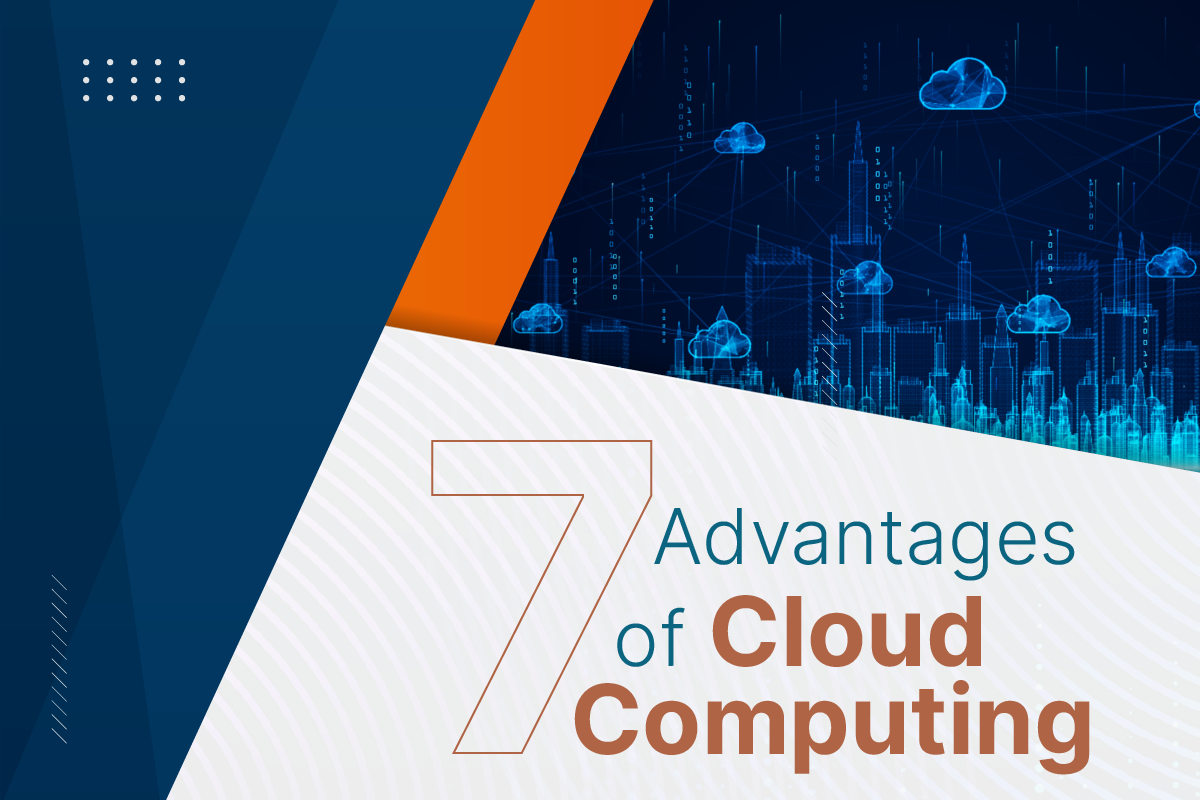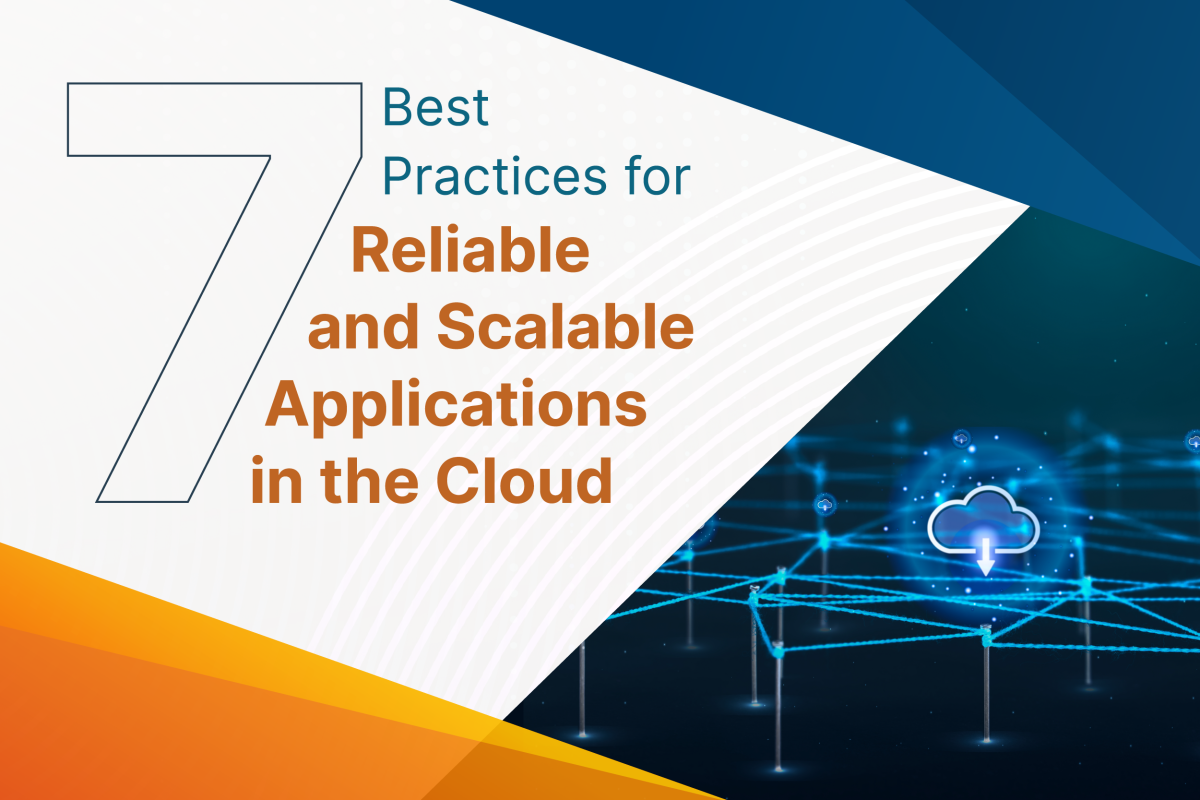Bring order and method to your application usage with responsibility. Application Migration indicates the process-oriented job of transferring a software application from one computer system virtual(online) environment to another cloud data technology-oriented platform. Other variations considering application transfer are on-premise servers to a cloud provider’s online environment.
According to Industry Arc, dealing with analytics, research, and consulting, the data migration market size globally is estimated to be financially positioned at $10.98 billion by 2025. Also, predictions for development are estimated to be at a CAGR of 18.37% from the year 2020 to 2025.
Application transfer to a new online environment depends on particular operating systems, specific network architectures, and single cloud platform development. Migrating applications from virtual or service-oriented data architecture is prominent and widely practiced. Application migration strategies include certain key factors like individual application dependencies, technical requirements, security expertise of the enterprise, and compliance with cost concerns.
How to migrate data applications to Cloud Computing Services?
- Rehosting – Also known as the “lift and shift” approach, this strategy includes the deployment of existing data infrastructure to the Infrastructure-as-a-Service (IaaS) IT commercial environment. Large legacy application and data migration cases are achievable with this strategy.
- Replatforming – As one of the dynamic application migration strategies, re-platforming includes application up-gradation from the current commercial application source to operate on basis of cloud computing technology, without affecting the previous existing functionality.
Instead of making a full-scale IT infrastructural change of the application, the cloud provider’s infrastructure is used.
- Repurchasing
In this context, the application migration is done considering the aim of migration to a Software-as-a-Service (SaaS) platform. The mega benefit here is to prevent the work on maintenance and updates leading to cost and time efficiency due to data migration from an On-premise to a Software-as-a-Service solution.
- Refactoring/Re-Architecting
Develop overall data performance with one of the most prominent(popular) application migration strategies. Develop the scalability of your IT operations and commercial data management practices that indicate the potential to extend service abilities depending on business requirements.
- Retire
Further analysis of your virtual migration environment for data transfer will offer the potential to identify the utility of each working application. Cloud data migration strategy can be decided on the basis of elimination of no longer useful data and shift of prioritization to valuable digital asset management with content management.
- Retain
Categorize least significant commercial assets and valuable data assets for conducting useful migration. Application migration must be conducted in cases of valuable and crucial business assets in the form of IT commercial data infrastructure. Applications that are not ideal for migrations now, can be retained and kept for future transfer.
Key Responsibility Areas(KRAs) and Key Performance Indicators(KPIs) of Application Migration Strategies
For the implementation of an optimum and worthwhile cloud migration process, work out the application migration plan. Here the key responsibility areas that the migrater needs to focus upon and successful performance criteria are –
- Effect of the application migration on services and business
- How does application migration meet integral customer needs and requirements with service delivery?
- Significance of data migration and timelines
- Size, level of manageability, and scope of complication
- Frequency of developments and maintenance costs
- The intensity of value and level of developed value with application migration to cloud data technology
Process-oriented Application Migration Job
- Focus on Reasons – Highlight the valid reasons for data application migration considering alignment to business objectives. Prefer an analysis-oriented application migration strategy, before application migration to cloud data technology.
- Join the ideal resources – Connect with the appropriate personnel, stakeholders, and staff for involvement in the application migration process. Get involved with stakeholders like business analysts, data architects, and project managers for delivering positive commercial outcomes.
- Analyze the organization’s cloud preparedness –
For analysis of the enterprise potential of cloud data technology compatibility, work with technical and IT business analysis. Here, factors like existing commercial data infrastructure, apps, and virtual environment quality will be beneficial.
- Prefer an experienced cloud vendor
An Ideal platform providing Higher Returns of Investment with profits is essential for application migration. Invest in best quality application migration services like Microsoft Azure, Amazon Web Services, and Google Cloud for cloud hosting.
- Develop the way forward with Cloud Computing Services.
Organize, map, and schedule stages of cloud deployment with the purpose of application migration.
Upcoming Data Application Migration Trends and Way Forward
- Technology and human-oriented factors will be majorly connected with max alignment to Cloud Computing Services-oriented application migration with no limitations.
- Migration will demand modernization – one significant factor here will be application modernization for deriving max advantage and potential of Cloud data technology. Critical applications will be updated for getting max advantage from Cloud Computing Services while conducting application migration.
- Increase of digital products and services – The effect of the COVID-19 pandemic resulted in several businesses shifting their traditional practices to digital work processes. This was done to improvise digital experiences. Enterprises will consider more commercial apps with multi-cloud and hybrid cloud architecture, edge computing, containerization, with serverless computing.
- Analytics-oriented data migration –
Cloud-oriented application migration will progress due to increasing use. Introduction of Business Intelligence and analytics approach for application migration according to changing business needs will be beneficial.
- To make an on-premise data warehouse quicker, and simple, a Business Intelligence-oriented approach will be the preference with an analytical approach for enhancing the value of data streams in supply chains.
- Developed user experience will be an emphasis
Remote working becoming a trend due to the pandemic, and employees demand a better work experience with digital products and services. Hence, the use of Cloud Computing Services for application migration jobs will be widely used. Accordingly, cloud-oriented data migration will continue to be a source of influence.
New opportunities for data management, specifically with application migration solutions are emerging with the application modernization blueprint, a kind of a data transfer plan to Cloud Computing Services. For implementing a successful application migration process, enterprises are presented with several modern and expandable solutions.
Ensure consultation with us here for a valuable application migration process before proceeding.









